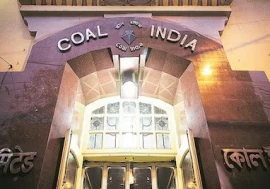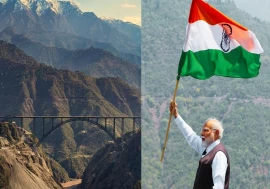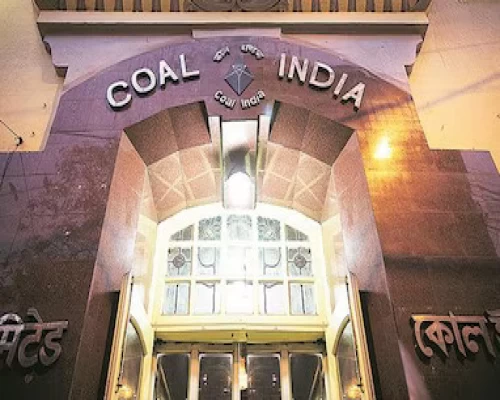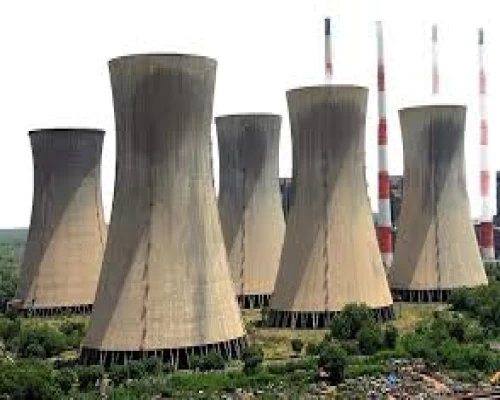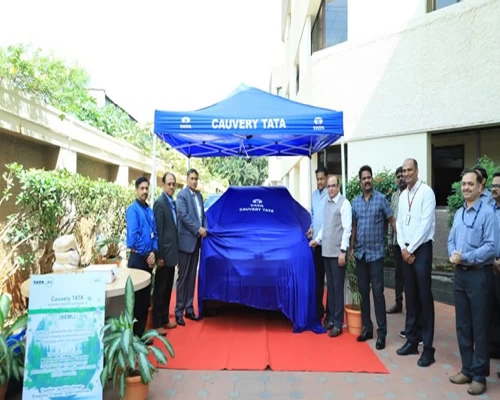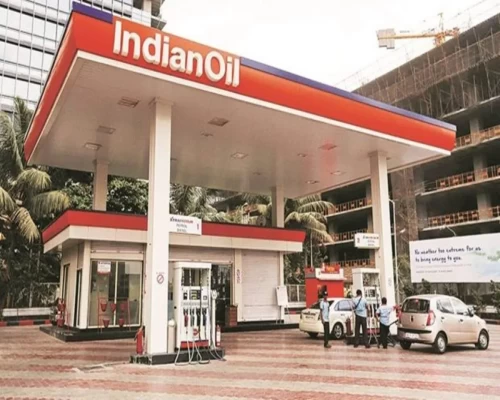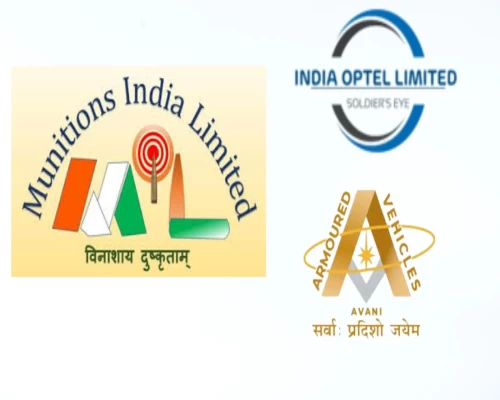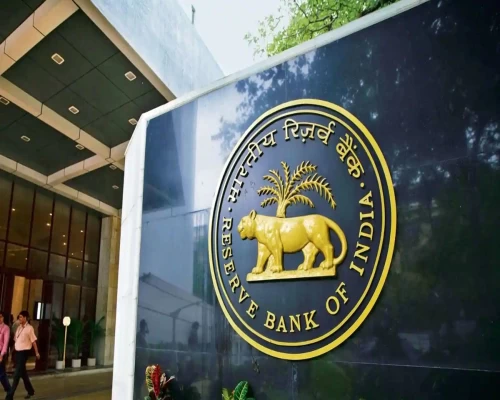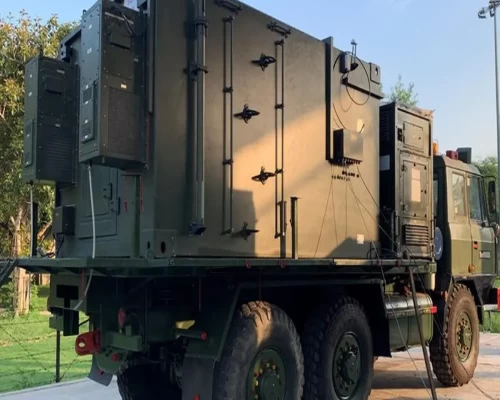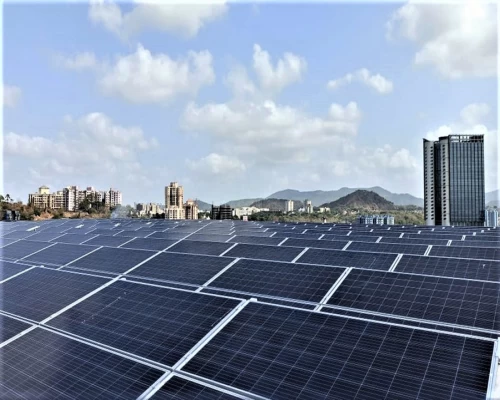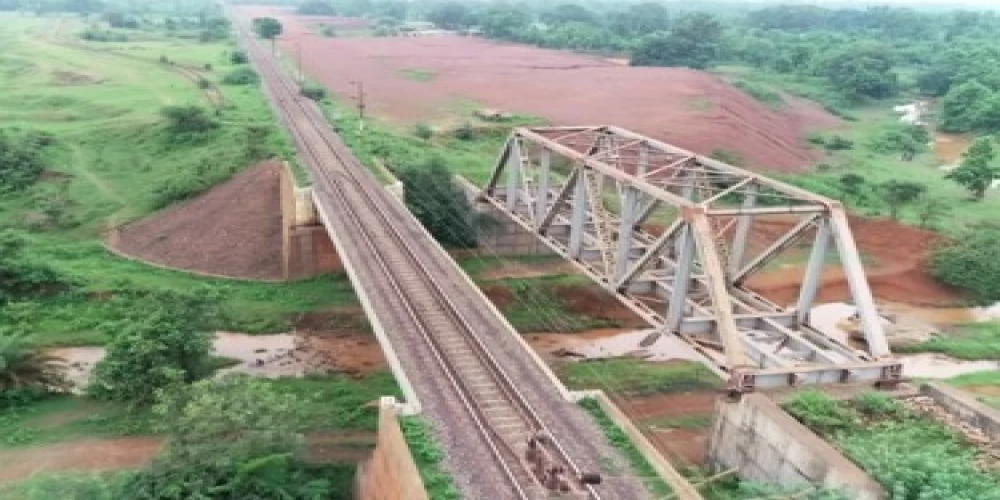
New Delhi: Rail Vikas Nigam Limited (RVNL) has entered into an understanding with the National Highways Authority of India (NHAI) to give a boost to the construction of multi-modal logistics parks (MMLPs) across the country under the Bharatmala Pariyojana. RVNL recently inked the MoU with NHAI represented by the National Highways Logistics Management Limited (NHLML). RVNL is a Category-I Mini Ratna CPSE under the Ministry of Railways.
According to an official statement, the role of RVNL will be for the designing, planning, feasibility study, and detailed project report (DPR), implementation, and commissioning of the track connectivity work for MMLPs. The idea is to provide state-of-the-art large-scale warehousing facilities for different types of commodities by forming project-specific special purpose vehicles (SPVs) on a ‘hub and spoke model.' This umbrella MoU shall be valid for five years and is extendable.
To bridge the infrastructure deficit, then Prime Minister Atal Bihari Vajpayee had announced the formation of National Rail Vikas Yojana (NRVY) on August 15, 2002, in his address from the Red Fort. NRVY was formally launched by him on December 26, 2002. To implement NRVY, RVNL was incorporated as a 100 percent owned PSU of the Ministry of Railways (MoR) on January 24, 2003, with the twin objectives of raising extra-budgetary resources and the implementation of projects relating to the creation and augmentation of the capacity of rail infrastructure on fast track basis. RVNL became fully functional by March 2005.
RVNL functions as an extended arm of the Ministry of Railways working for and on behalf of the MoR. It is empowered to act as an umbrella SPV to undertake project development, resource mobilization, etc., directly or by creating project-specific SPVs or by any other financing structure found suitable. RVNL’s mandate includes mobilization of extra-budgetary resources through a mix of equity, and debt from banks, financial institutions, multilateral agencies like the Asian Development Bank and bilateral agencies for project execution through PPP by the formation of project specific SPVs for port and hinterland connectivity.


